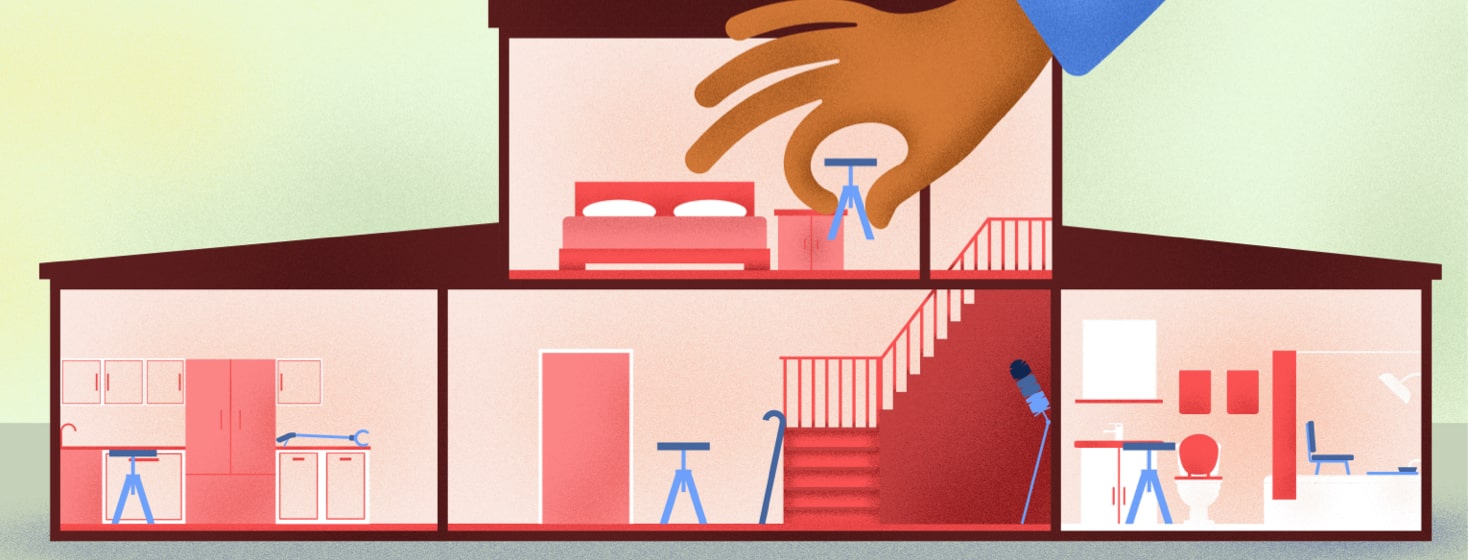Adapting to Life with Ankylosing Spondylitis and Fibromyalgia
Living with ankylosing spondylitis and fibromyalgia is hard. It means being in pain and tired constantly. The never ending pain and fatigue became my new norm. So, I had to find ways to work around the pain and fatigue to still get things done.
Pacing my activities
I had to cut down on a lot of my activities and pace myself for the remaining activities. The remainder consist mostly of ADL’s (activities of daily living) such as washing, dressing, grooming, eating, moving around, and basically any other day to day things required to survive. After experimenting with various medications, treatments, and other coping mechanisms, I finally found a stable point in my conditions and disease progression. This meant that I was now at a point where I could try to do more than just survive.
However, most activities, including ADL’s, increase or greatly exacerbate my pain, fatigue, and other symptoms like brain fog. I realized that I had to find or create adaptive ways to do more. AS and fibro must be considered at every step of the way.
Assistive devices and tools
To move around, I started using a cane. It helps me on days when my pain and fatigue are at manageable levels that still interfere with my ability to do things. It also helps when I know I need to stand for extended periods of time. On days when my pain and fatigue are intense and worse than usual, I started using a walker. I also use it when I know I need to walk around for longer periods of time.
To conduct basic self-care, I started using a shower chair and a height adjustable stool to brush my teeth. I also use a long handled brush and shampoo brush in the shower. These help me care for myself independently and in a more consistent manner. It also helps reduce the pain in my sacroiliac joints, lower back, knees, hamstrings ankles, and feet.
For most chores around the house, such as washing dishes, cooking, and cleaning, I also use the height adjustable stool. Being seated while doing housework prevents me from causing a flare up and keeps my pain and fatigue at manageable levels. I also use an extendable duster and an electric spin scrubber to clean areas that require scrubbing (such as the bathtub). These help reduce the strain on my hands, wrists, neck, shoulders, and back.
I keep extra stools around the house as well in case I need to sit down due to unexpected waves of pain and/or fatigue. Additionally, I also have a reacher grabber tool that helps me grab things off the floor or from higher shelves without bending or straining my neck and back. The teacher grabber is also very helpful during flare ups where the slightest movement hurts.
When my hands and wrists are hurting more than usual I wear arthritis compression gloves. If the pain gets really bad I wear wrist splints to bed. The compression gloves also come in handy when I am doing an activity that requires extensive use of the hands, such as writing, typing, filling pill organizers, turning/gripping, or knitting.
Costs and ideas
All of these tools, aids, and devices are available at stores like Walmart or online retailers such as Amazon. While most of these are affordable and relatively cheap, it can add up to a lot. I bought all of these products over the course of two+ years and haven’t had to replace or buy anything more than once.
All the adaptive aids and devices I’ve mentioned have made a world of a difference for me, but these are only a snapshot of what’s available out there. There are so many different kinds of existing aids to help you make living with chronic pain and fatigue more doable.
At first it felt weird to do everyday things differently than most people but it’s helped me become the most functional I’ve been since first getting diagnosed.
Do you use any adaptive products or techniques to make living with pain easier?

Join the conversation